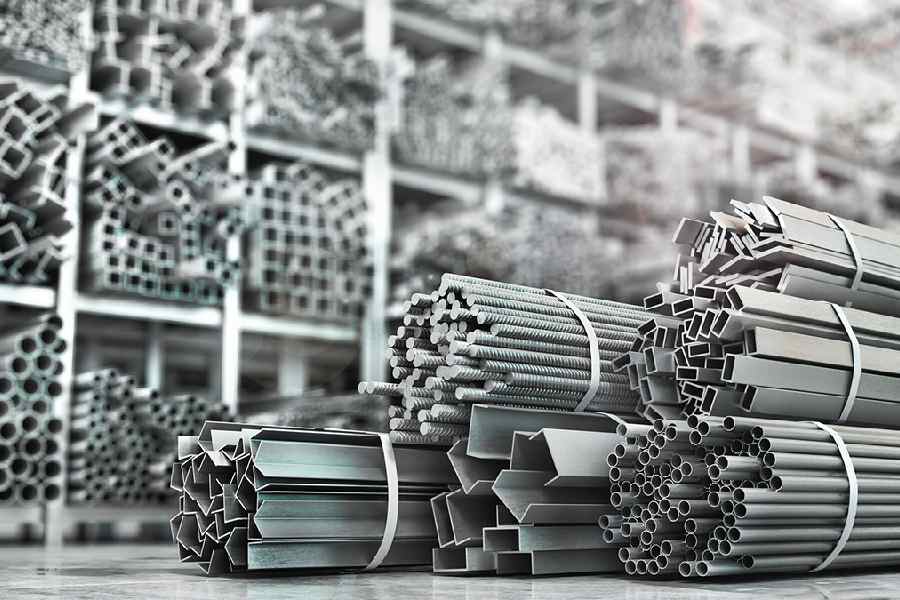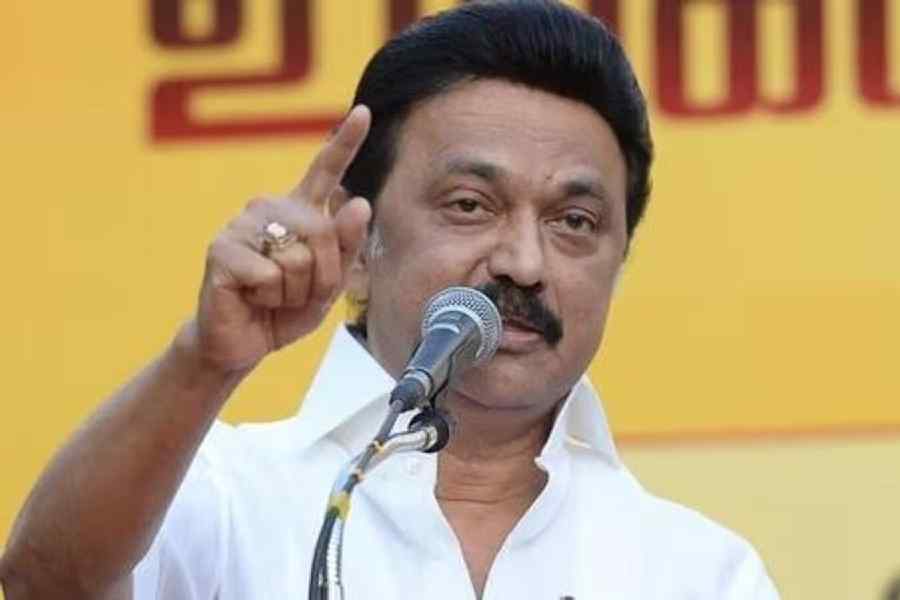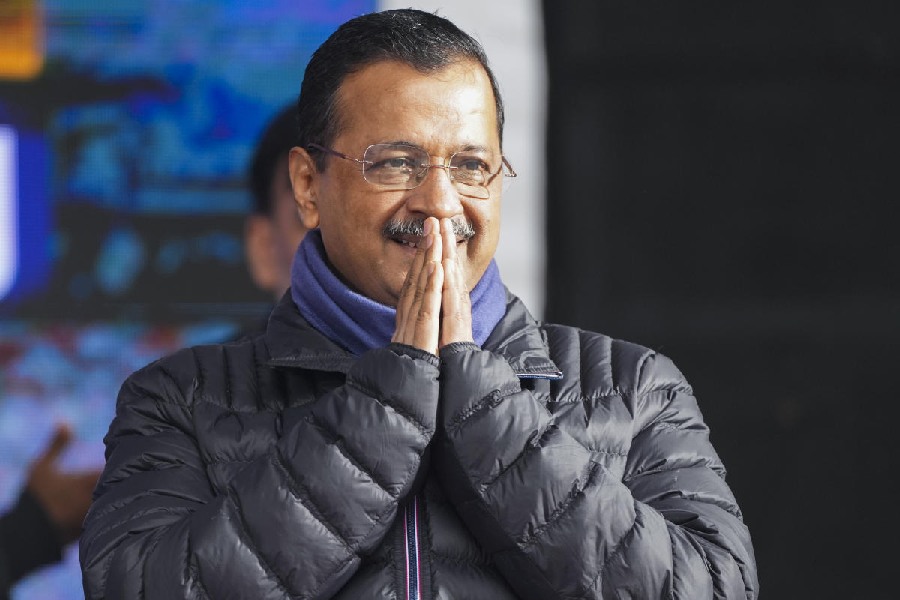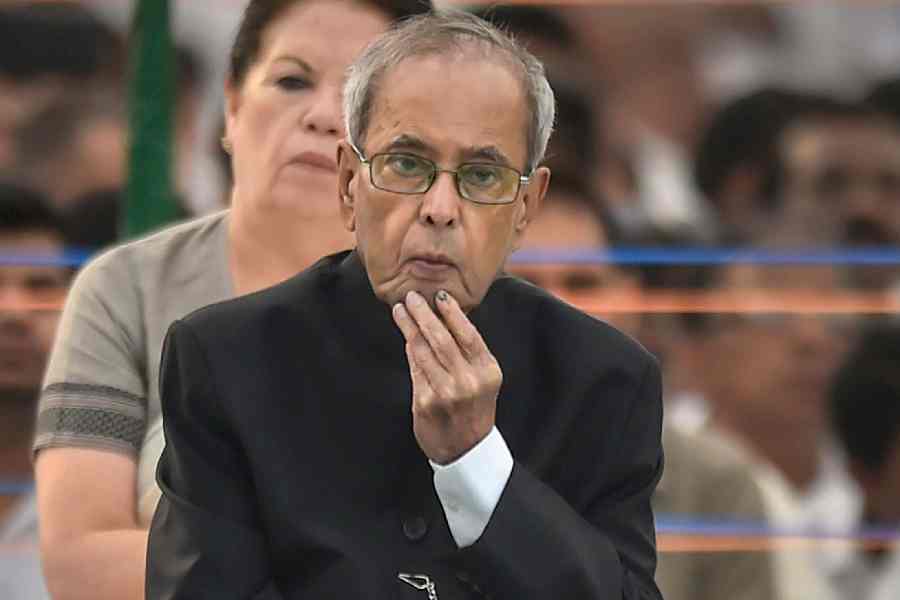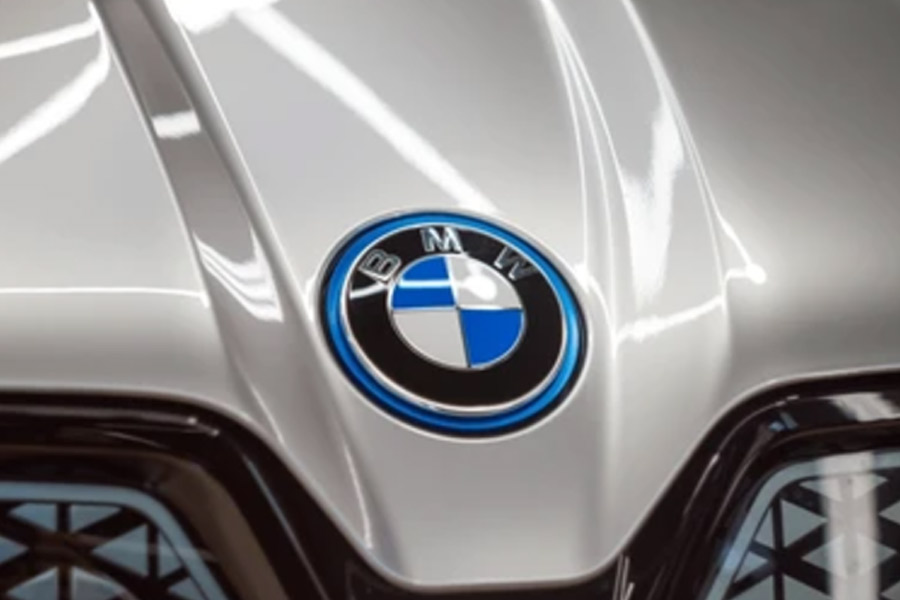A bunch of secondary steelmakers from Bengal have urged the state government to advocate their case for securing raw material such as coal, iron ore and electricity at a competitive rate from central public sector units.
Bengal-based units, mostly operating out of Burdwan and Purulia districts, require about 10 million tonnes (mt) coal and 15mt of iron ore annually. While the state has abundance in coal, it depends on neighbouring Odisha and Jharkhand for iron ore.
State units pointed out that Eastern Coalfields Ltd (ECL), a subsidiary of CPSU Coal India Ltd, who has a number of mines in Bengal, is not putting enough coal under long term linkages which can ensure continuity in supply.
“Our Association is in continuous touch with CIL and ECL for at least 6-7mt in long term linkage. We request the state government to take up this matter with CIL and ECL,” Vivek Adukia, chairman of Steel Re-Rolling Mills Association of India (SRMA), said.
Adukia and SRMA members managed to sit across Bengal industry minister Shashi Panja to air their grievances at the sidelines of the association’s annual general meeting last week. The minister promised them to take up their cause at the appropriate forum.
He also proposed that CPSU Steel Authority of India Ltd should be nudged to sell iron ore from their captive iron ore mines. “We are sourcing iron ore from Odisha and Jharkhand since Bengal does not have the resource. But SAIL, which has two plants in this state, has captive mines linked to those units. According to the MMDR Act, it can sell up to 25 per cent of their produce to outsiders. We hope that the Bengal government will talk to SAIL about it,” Adukia pleaded to Panja.
The SRMA members also raised the issue of differential electricity tariff charged by DVC in Bengal and Jharkhand. Adukia said unit cost in DVC command area such as Jamuria near Asansol is ₹6 compared with ₹4.7 in Jharkhand. The rolling mills and sponge iron ore makers, who guzzle lots of power, are at a competitive disadvantage, he argued.
While iron ore, coal and electricity are some of the ongoing trouble spots for the steel industry of Bengal, they are also mindful of the regulatory changes being proposed to reduce carbon emission.
As part of the net zero goal of 2070, the Indian government wants to bring down emission by 20 per cent by 2030 in the short term and by 50 per cent by 2047 in the hard to abate steel sector. Secondary producers, many of whom have turnover of ₹50-100 crore, said they need government hand-holding.
“The Centre should select a batch of technologies that we can pick up. If the individual units are not in a position financially to execute the projects to reduce carbon intensity, the government has to give us grants / interest free loans,” Shankar Lal Agarwal, president of West Bengal Sponge Iron Manufacturers’ Association argued.

